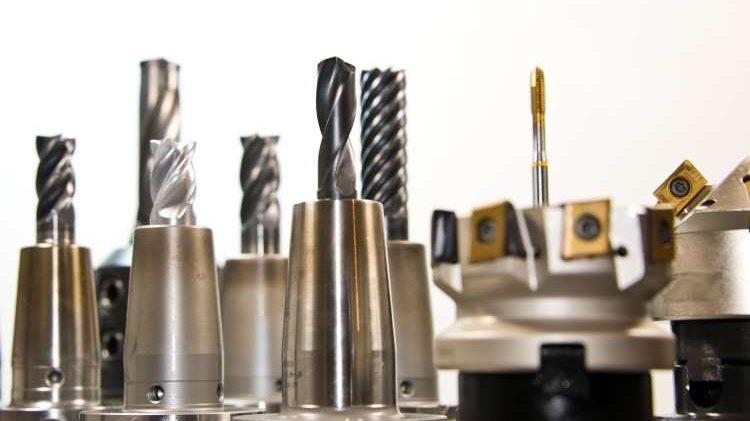Precision-machined steel parts are frequently utilized in vital industries like medicine, automotive, and aerospace. These parts must fulfill the requirements to operate correctly and safely. The purpose of quality control (QC) procedures for CNC turning steel parts is to guarantee that the parts fulfill the necessary specifications. These procedures can be divided into three main categories:
Pre-production QC
Pre-production QC procedures are performed before the machining process begins. These procedures include:
l Confirming that the CNC machine tool is maintained and calibrated correctly.
l Verifying that the raw material satisfies the requirements by inspecting it.
l Verifying that the machining program is accurate and will yield the required part.
In-process QC
In-process QC procedures are performed during the machining process. These procedures include:
l Making sure the CNC machine tool is running correctly by keeping an eye on it.
l Making sure the part is meeting the necessary tolerances by regularly inspecting it.
l Modulating the CNC machine tool settings or machining program as necessary.
Post-production QC
Post-production QC procedures are performed after the machining process is complete. These procedures include:
l Conducting a last examination of the part to guarantee that it satisfies all requirements.
l Taking measurements of the parts and contrasting them with the blueprint.
l Examining the part's appearance and surface finish.
Manufacturers can find and address issues with CNC turning steel parts early in the manufacturing process by carrying out routine quality control inspections. This can reduce the need for expensive scrap and rework. Consumers must have faith that the CNC turning steel parts they are buying are of the highest caliber. Customers can rest easy knowing that their parts will meet their requirements by being aware of the QC procedures that are used.



